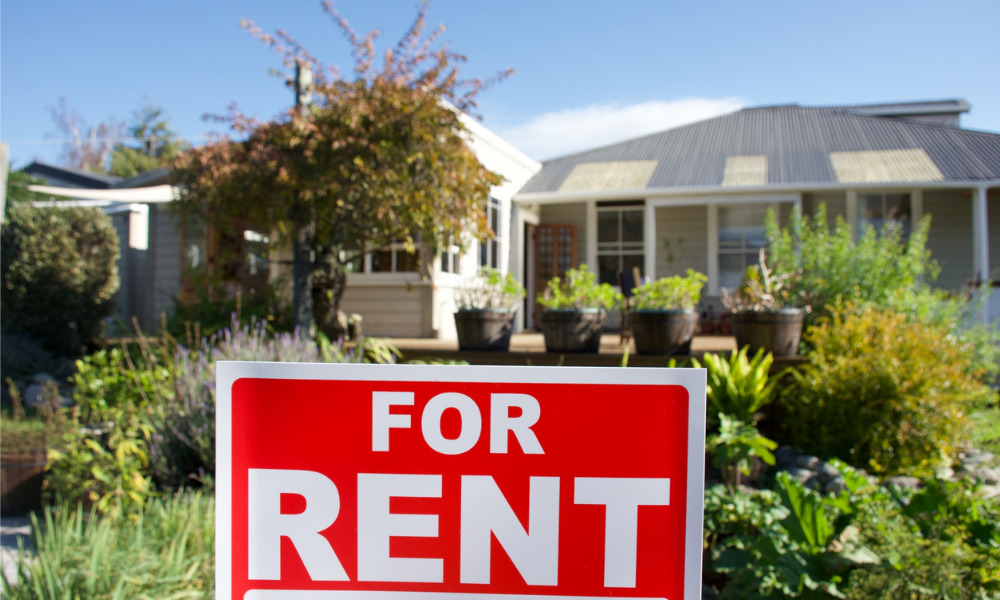More landlords turning to short-term leasing

Residential rental listings have dropped by 4.5% nationwide over the past four weeks to a record low of 55,124 as more landlords choose to use their investment properties for short-term leasing, according to a report by SQM Research.
Rental listings in Sydney tumbled 5.7% to 16,142 over the same period, hitting their lowest level in five years, The Australian Financial Review reported. Melbourne fell by 3.6% to a three-year low of 14,666.
Meanwhile, listings have edged up in some regional areas where rents saw the biggest surges during the pandemic.
“Rental listings in Sydney and Melbourne are continuing to fall at a time when demand is soaring due to increased migration and local demand, so we’re likely to see vacancies fall further,” SQM managing director Louis Christopher told AFR. “While there has been a steady stream of dwelling completions, household formation has also been expanding at a quicker rate than the number of dwellings completed in these cities. On top of that, more landlords are opting to lease their property via websites such as Airbnb and Stayz. And that has made the pool of long-term leasing, which is how we measure these vacancy rates, reduce over time.”
A total of 11,043 Sydney homes are currently listed on Airbnb – comparable to the volume of long-term leasing available in the city, AFR reported. In Melbourne, 15,500 properties are currently listed on Airbnb. Brisbane has 4,730 homes listed on the site.
Read next: Overseas renters set to strain already-tight market
The falling number of available rental properties, along with rising demand from international students and returning workers, has driven a steep decline in vacancies across central business districts, Christopher told AFR. The vacancy rate in Sydney’s CBD fell to 3.4%, while Melbourne’s fell to 2% and Brisbane’s to 2.2%.
At their peaks during the pandemic, Sydney’s vacancy rate hit 16.2%, while Melbourne’s reached 10.8% and Brisbane’s hit 14%.
“With the falls in CBD rental vacancy rates to well below average, we have evidence that the rise in overseas arrivals is starting to put some additional demand pressure in certain pockets of the rental market,” Christopher said. “We will wait to see if the increased immigration demand creates pressure elsewhere.”



